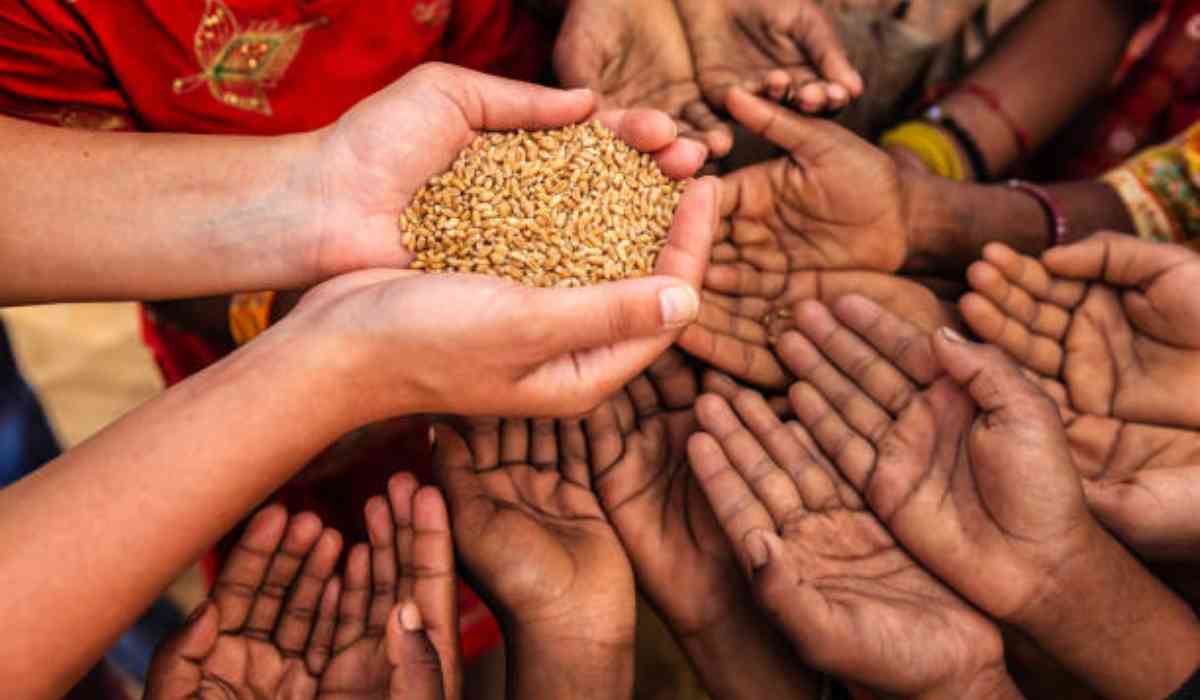The State of Food Security and Nutrition in the World (SOFI) Report 2023 highlights significant challenges related to food security and nutrition, with a focus on India and global trends. The World Food Programme (WFP), World Health Organization (WHO), International Fund for Agricultural Development (IFAD), United Nations Children's Fund (UNICEF), and Food and Agriculture Organization (FAO) collaborate to produce the SOFI report, a yearly flagship report. It aims to provide an in-depth analysis of key challenges in the context of the Sustainable Development Goals (SDGs) in order to inform on progress toward ending hunger, achieving food security, and improving nutrition.
The report's main conclusions are as follows:
Mumbai's Rising Meal Expenses: Over a span of five years, meal expenses in Mumbai surged by 65%, while salaries and wages increased by just 28%–37%. This highlights the challenge of maintaining purchasing power amid escalating food costs.
Determining the Cost of a Nutritious Diet: The report discusses how the cost of a nutritious diet is determined. It involves analyzing the least expensive local food items that align with dietary recommendations and assessing affordability based on the mean income in each country. If the cost of the diet exceeds 52% of a nation's average income, it is considered excessively costly.
Global Hunger: The report reveals that over 122 million more people worldwide have been facing hunger since 2019, primarily due to the pandemic, weather shocks, and conflicts. This includes the impact of the war in Ukraine.
Nutritional Access: Approximately 2.4 billion individuals, predominantly women and rural residents, did not have consistent access to nutritious, safe, and sufficient food in 2022.
Child Malnutrition: Child malnutrition remains a significant concern, with 22.3% of children being stunted, 6.8% wasted, and 5.6% overweight in 2021.
Impact of Urbanization: As urbanization accelerates, there is an increase in the consumption of processed and convenience foods, contributing to higher rates of overweight and obesity across urban, peri-urban, and rural areas.
Rural Dependence on Global Markets: Rural regions that were previously self-sustaining are increasingly reliant on national and global food markets, especially in Africa and Asia.
Future Outlook: By 2050, it is projected that 70% of the global population will live in cities. This demographic shift necessitates a reorientation of food systems to address the needs of urban populations and combat hunger, food insecurity, and malnutrition.
In the context of India, the report emphasizes that 74.1% of the population cannot afford healthy food, primarily due to poverty. The affordability of nutritious food is a growing concern, contributing to malnutrition in the country.
Ⓒ Copyright 2023. All Rights Reserved Powered by Vygr Media.






















